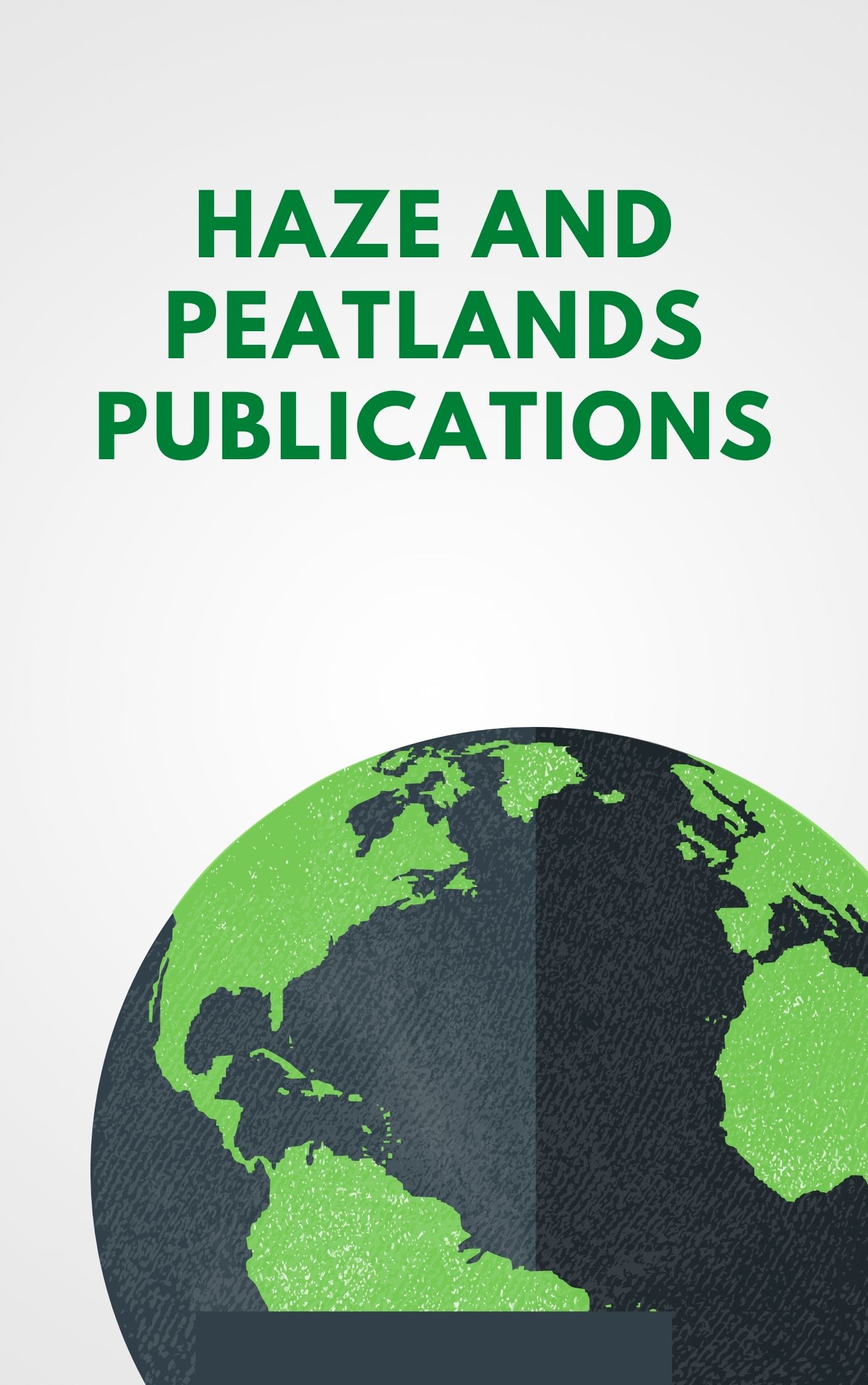Plantation forestry on the widespread Imperata cylindrica (L.) Beauv. secondary grasslands in Indonesia is technically feasible and financially profitable, provided that fast early growth and high yield per hectare are achieved. Fast early growth and canopy closure ensure rapid suppression of the grass, thereby reducing competition and fire susceptibility. Considerable differences in growth between species and among provenances indicate the need for careful species and provenance selection and species/site matching. Production of high-quality seedlings is a prerequisite for survival over the critical early phase when competition by grass is fierce. Total cultivation is better than strip cultivation, and a stand density of at least 1100 seedlings/ha is required. Plantation establishment costs have an insignificant effect on the financial profitability of the scheme, but a high yield per hectare has a highly significant effect. Plantation establishment has considerable environmental effects which make it profitable from a wider economical perspective. These include sequestration of atmospheric carbon and maintenance of biological diversity.

